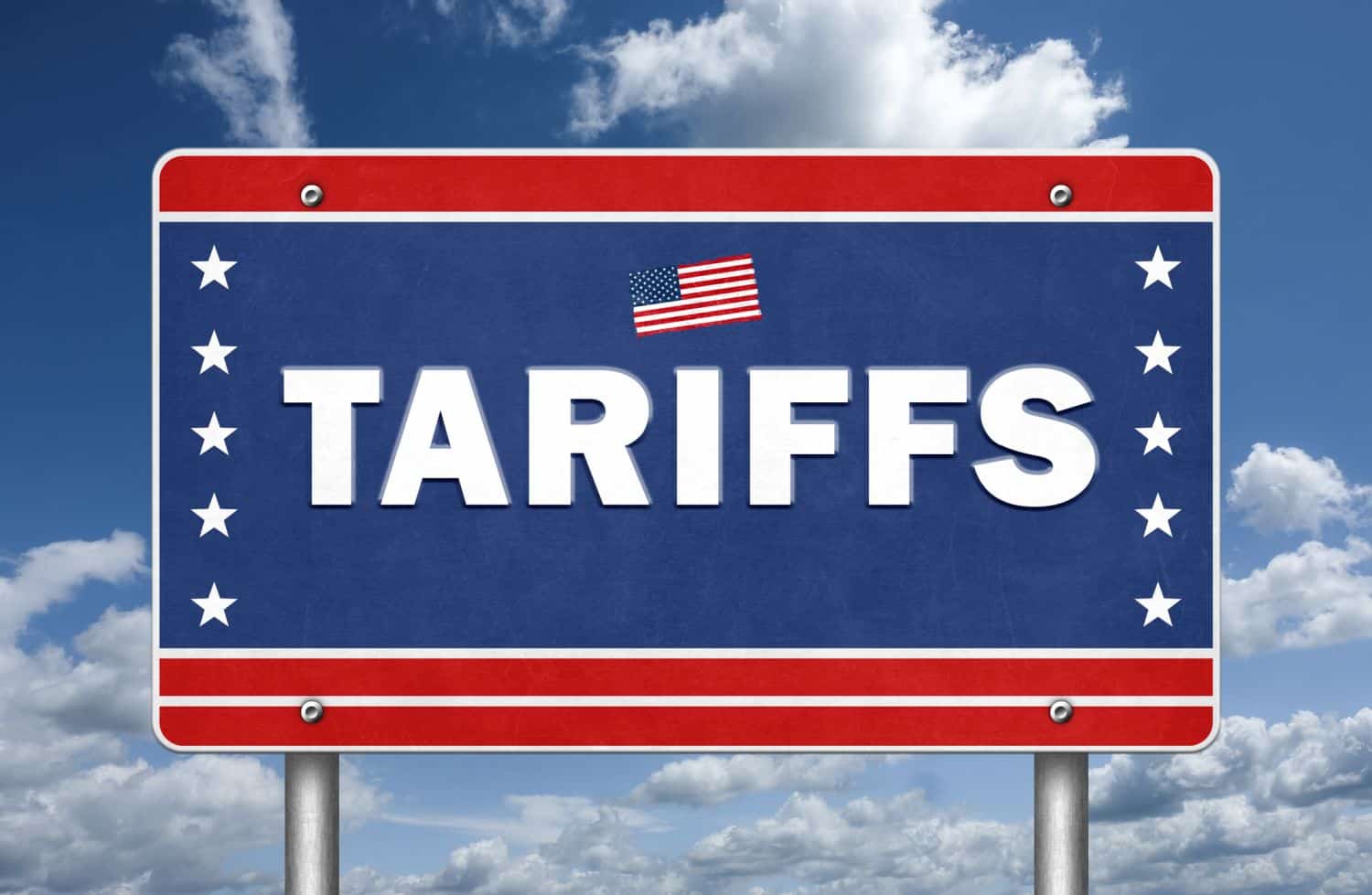The 30% tariff hike’s impact will result in small profit margins, a risk of having to retrench employees, and slower business growth with fewer US sales.
As of August 1, a 30% tariff on goods exported to the United States (US) will take effect, placing immense pressure on businesses, particularly small and medium-sized enterprises (SMEs).
The automotive sector will be impacted severely by the 30% tariff hike, as the US is a significant export market for cars and car parts.
Lula, an SME services provider, stated that businesses supplying parts, logistics, and services to these large manufacturers must brace for reduced orders, intense pressure on pricing, and therefore a significant loss of competitiveness against other exporters to the US, such as Brazil and China, which face only 10% tariffs.
ALSO READ: US tariff of 30% on SA exports: where to now?
Tariff hike to threaten job security
Thomas McKinnon, Chief Growth Officer at Lula, added that the 30% tariff hike’s impact will be felt more acutely and quickly by SMEs, as it will result in small profit margins, a risk of having to retrench employees, and slower business growth with fewer US sales.
He highlighted that the agricultural and textile sectors, which have relied on the duty-free access provided by the African Growth and Opportunity Act (Agoa), are now left vulnerable.
“The tariff effectively neutralises the benefits of Agoa, jeopardising the livelihoods of thousands, particularly in rural communities that depend on exports of citrus, wine, and speciality textiles.”
How can businesses survive with the tariff hike?
McKinnon advises SMEs in these industries to shift their focus to reinforcing their unique value proposition while exploring new and emerging markets to absorb the capacity previously destined for the US.
“If your product offers exceptional quality, niche appeal, or a distinct competitive advantage, demand might persist even with higher tariffs.”
ALSO READ: Ordinary South Africans will feel impact of US tariffs
He added that from now on, every cent counts and businesses need to look for any big or small ways in which they can streamline operations, reduce waste, and negotiate better terms with suppliers.
“The tariffs will have a knock-on effect that we will more than likely see across the board, and SMEs need to be ready and prepared.”
Can businesses survive?
He said it is essential for businesses to recognise that most people are already financially strained. For instance, South Africans are paying significantly more for electricity after the Eskom tariff hike took effect.
Therefore, for businesses to survive, they might need to absorb a portion of these tariff costs to remain competitive, making internal cost-cutting essential for maintaining margins.
“Consider short-term funding options to bridge any potential cash flow gaps during this transition period. Having agile financial solutions in place can provide a crucial buffer as SMEs adapt to the new economic landscape.”
NOW READ: Trump’s new 30% tariff less about trade and more about power
